
LangChain-Neo4j Partner Package: Officially Supported GraphRAG
Dec 17, 2024 2 mins read
Integrate Neo4j knowledge graphs with LangChain for powerful GraphRAG applications that deliver deeper, more insightful answers. Read more →

Integrate Neo4j knowledge graphs with LangChain for powerful GraphRAG applications that deliver deeper, more insightful answers. Read more →

Explore how GraphRAG can be used to streamline the process of ingesting commercial contract data and building a Q&A Agent. Read more →
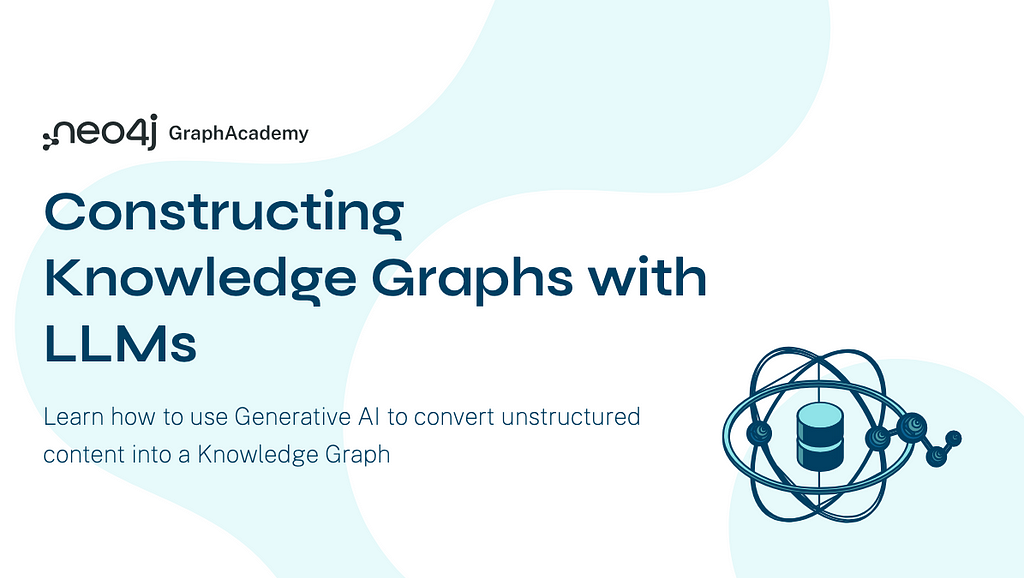
Learn how to use GenAI, LLMs, and Python to convert unstructured data into graphs. Read more →
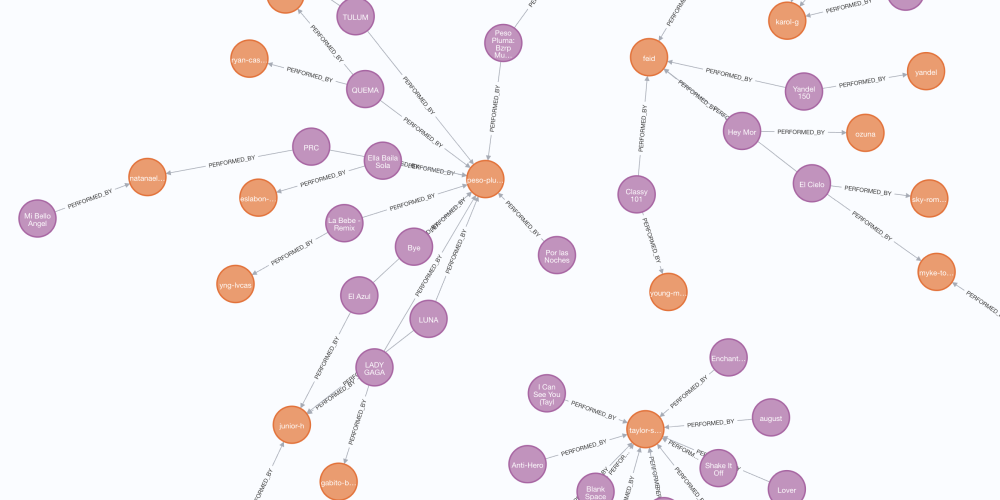
Learn how to turn CSV files into graph models using LLMs, simplifying data relationships, enhancing insights, and optimizing workflows. Read more →
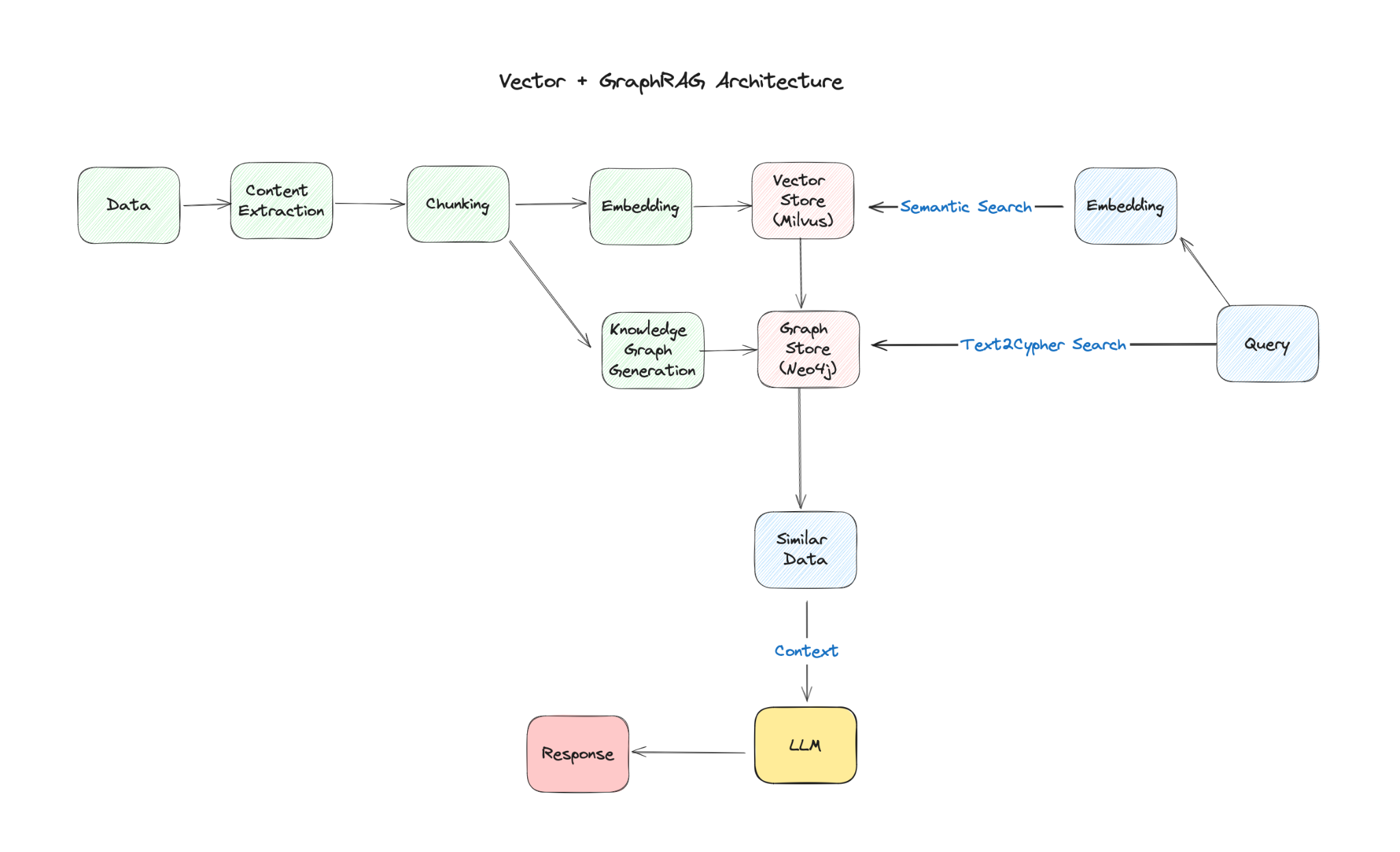
Learn how to build a GraphRAG agent using Neo4j and Milvus, combining graph and vector search for enhanced retrieval, better context, and accurate answers. Read more →

Explore the pros and cons of fine-tuning versus retrieval-augmented generation (RAG) for overcoming large language model (LLM) limitations. Read more →

Learn how combing vectors and graphs boosts AI’s ability to reason, helping uncover deeper insights and create smarter queries for complex data. Read more →

Create a Neo4j GraphRAG workflow using LangChain and LangGraph, combining graph queries, vector search, and dynamic prompting for advanced RAG. Read more →
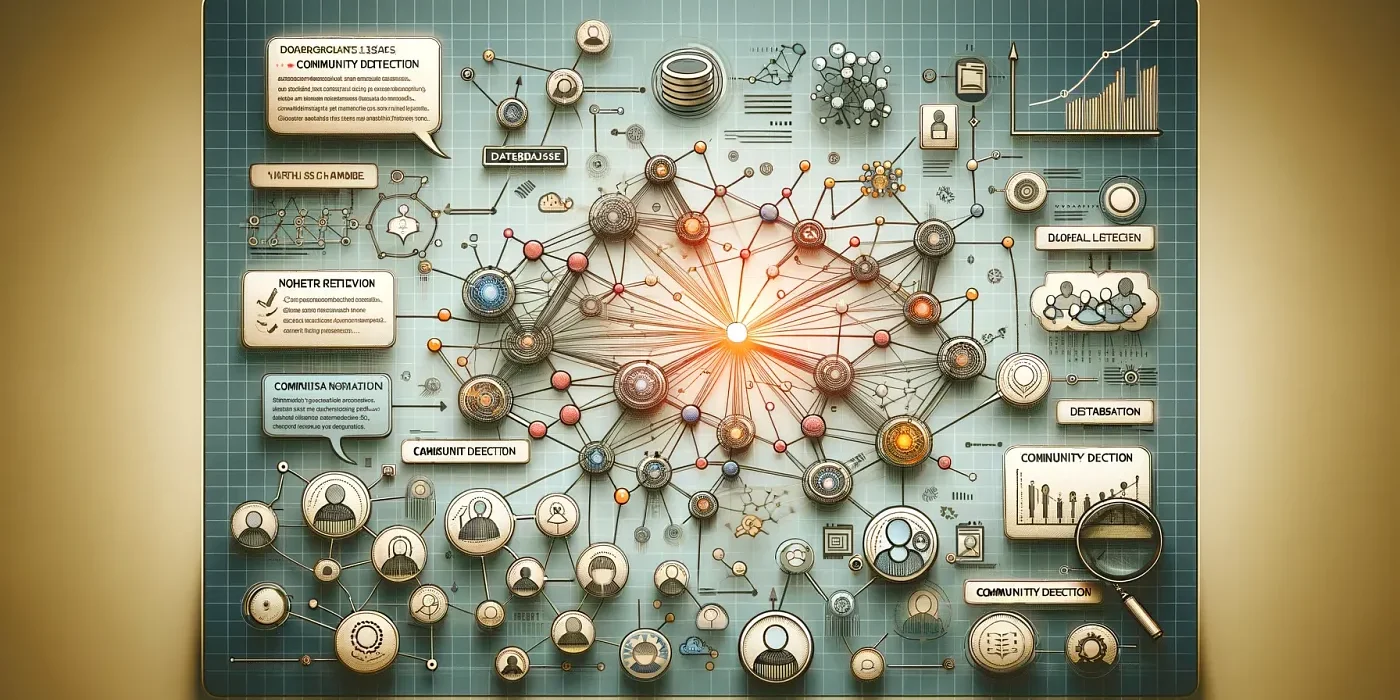
Integrate Microsoft's GraphRAG with Neo4j, using LangChain and LlamaIndex for advanced retrieval in just a few steps. Explore detailed code examples. Read more →

Constructing knowledge graphs from text has been a fascinating area of research for quite some time. With the advent of large language models (LLMs), this field has gained more mainstream attention. However, LLMs can be quite costly. An alternative approach… Read more →

Learn to use Llama 3.1 native function-calling capabilities to retrieve structured data from a knowledge graph to power your RAG applications. Read more →

Learn how to use unstructured.io for PDF document parsing, extracting, and ingestion into the Neo4j graph database for GenAI applications. Read more →
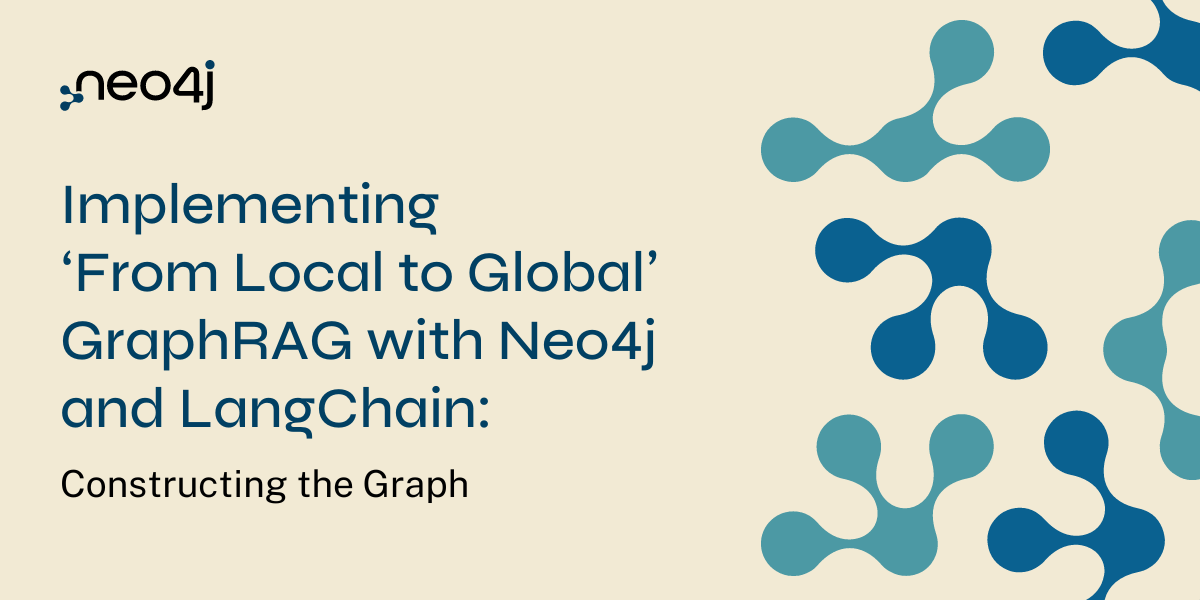
Learn how to combine text extraction, network analysis, and LLM prompting and summarization for improved RAG accuracy. Read more →
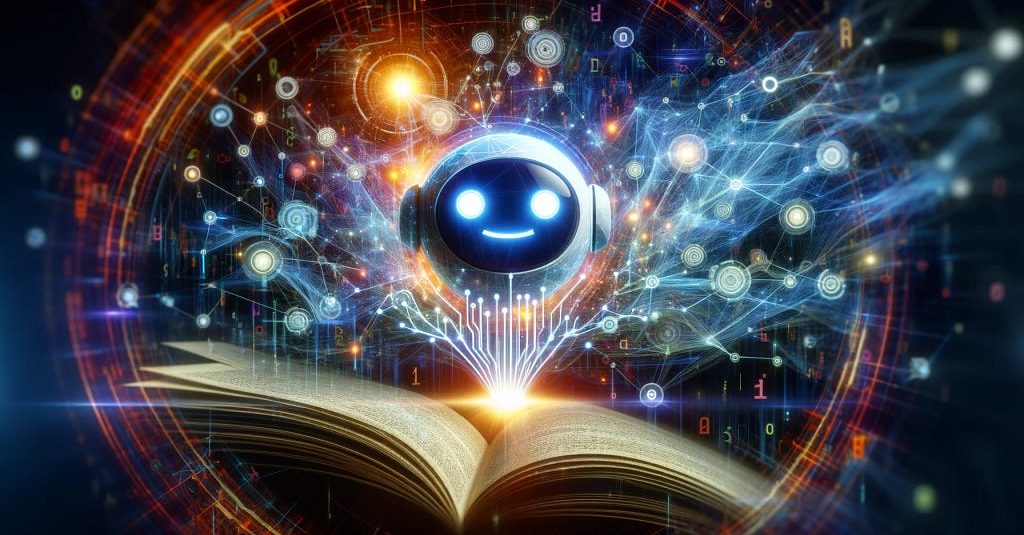
Extract and use knowledge graphs in your GenAI applications with the LLM Knowledge Graph Builder in just five minutes. Read more →

The Neo4j GraphRAG Ecosystem Tools make it easy to develop GenAI applications grounded with knowledge graphs. Read more →

Neo4j, LLM creators, RAG orchestrators, knowledge graph designers, researchers, and deep thinkers gathered in San Francisco Presidio to explore GenAI. Read more →

Learn how to explore and ingest your relational data into a Neo4j graph database in minutes with the Neo4j Runway Python Library. Read more →
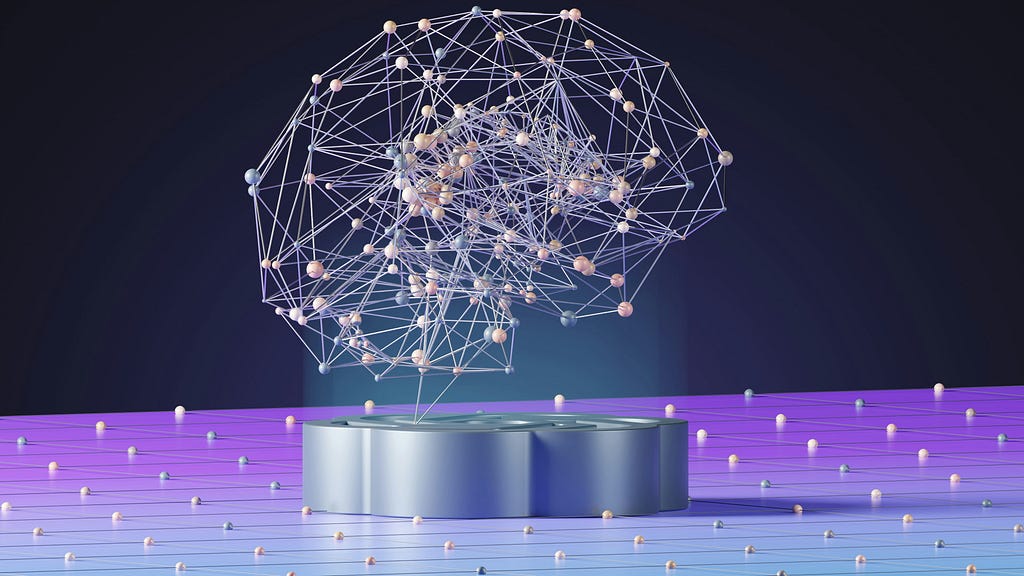
Photo by Growtika on UnsplashThere are so many options when it comes to languages, frameworks, and tools for building generative AI (GenAI) applications. When you are just getting started, these decisions and figuring out how to integrate everything can be overwhelming.My… Read more →

Learn how we build a context-rich chatbot to answer Mahabharata questions using knowledge graphs and retrieval-augmented generation (RAG). Read more →

Learn how graph and vector search systems can work together to improve retrieval-augmented generation (RAG) systems. Read more →

Introducing the Neo4j LangChain Starter Kit for Python developers, which generates GenAI answers backed by data stored in a Neo4j Graph Database. Read more →

In the 27 episodes of our Going Meta livestream series, Jesús Barrasa and I explored the many aspects of semantics, ontologies, and knowledge graphs. Read more →

Learn how to create knowledge graphs easily by turning PDF documents into graph models using LlamaParse for better RAG applications. Read more →
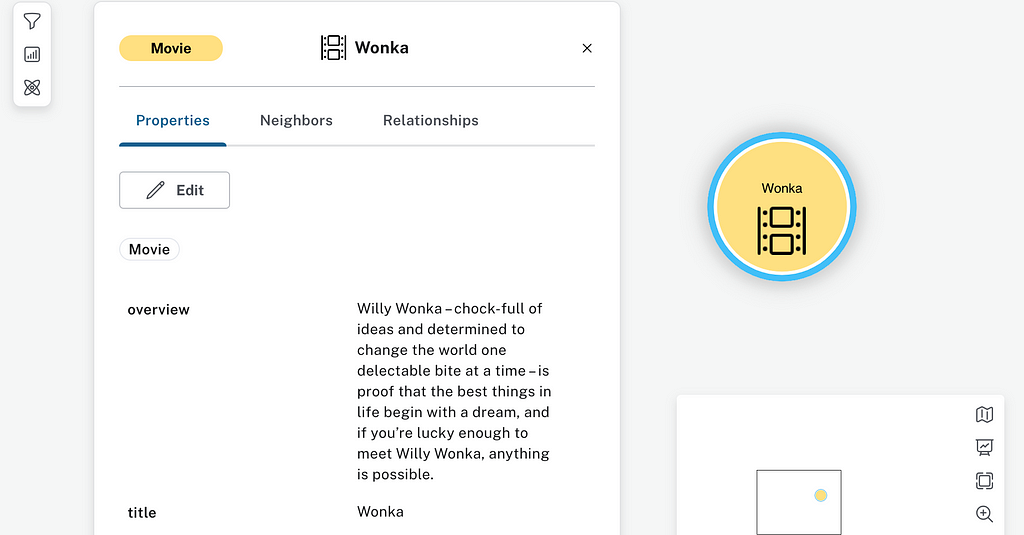
Learn how to extract topics from documents with graph data science and use them as the basis for semantic search for better RAG applications. Read more →

Optimizing vector retrieval with advanced graph-based metadata filtering techniques using LangChain and Neo4j. Read more →